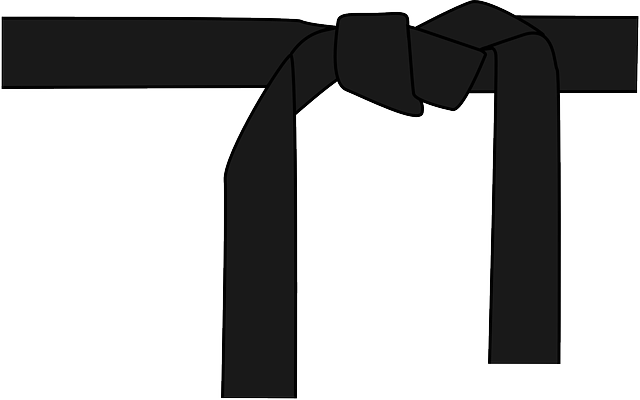When stepping onto the karate dojo floor, the attire of practitioners instantly signals a shared dedication to discipline and tradition. But what exactly is the garb they don? Often referred to colloquially as a ‘karate suit,’ this article delves into the technical aspects and history of martial arts uniforms within the practice of karate. From the fabric that drapes over a karateka to the specific cut that facilitates movement, we explore what constitutes an authentic karate gi, its evolution over time, and how these uniforms have become a symbol of respect in the martial arts community. Whether you’re a novice or a seasoned karateka, understanding the significance of your attire is key to fully embracing the martial arts ethos. Join us as we examine the essentials and offer guidance on selecting the perfect karate suit for both training and competition.
- Understanding the Essentials: What Comprises a Karate Suit?
- The Evolution and Significance of Martial Arts Uniforms in Karate Practice
- Selecting Your Gear: Tips for Choosing the Ideal Karate Suit for Training and Competition
Understanding the Essentials: What Comprises a Karate Suit?

Martial arts uniforms, commonly referred to as “gi” or “keikogi” in Japanese martial arts, serve a significant function for practitioners of karate and other disciplines. These uniforms are designed with both form and function in mind, crafted from cotton or lightweight materials that allow for ease of movement while providing durability to withstand the rigors of training. A traditional karate suit typically consists of a jacket, trousers, and a belt, known as an obi, which holds the gi together and denotes the wearer’s rank within the discipline. The jacket, or “ueno,” is buttoned up the front and features long sleeves with a round collar; it’s slightly shorter than the trousers, called “nakadori.” The pants, or “reshigi,” are straight-legged and designed to stay in place during practice, with the hem of the pants intended to be just above the ankle.
The color and style of martial arts uniforms can vary depending on the specific karate style being practiced; for instance, Shotokan karate practitioners often wear white gis, while other styles might use different colors. The choice of material also plays a role in the type of training—heavier weave cottons are used for more vigorous training sessions to ensure the uniform holds up without overly restricting movement. Additionally, the fit of the karate suit is tailored to provide a comfortable and non-restrictive silhouette that allows for full range of motion during practice. Understanding these components of a karate suit is essential for both beginners and experienced practitioners, as it not only contributes to the respect of the traditional aspects of martial arts but also ensures that the wearer can perform techniques effectively and safely.
The Evolution and Significance of Martial Arts Uniforms in Karate Practice

Martial arts uniforms, a fundamental aspect of karate practice, have undergone significant evolution over time. Originally, practitioners of Okinawan martial arts, which later became modern karate, wore garments that allowed for ease of movement and could withstand the rigors of training. These early attire were practical, often resembling traditional Chinese martial arts clothing, which itself was influenced by Japanese judo keikogi. Over time, as karate spread beyond its island origins to mainland Japan and eventually worldwide, the design of these uniforms adapted to accommodate both cultural integration and the needs of different climates and training environments.
The modern karate gi, or keikogi, is a testament to this evolution. It typically consists of a jacket and pants made of heavy cotton fabric, with a belt—the obi—tied around the waist. The design of the gi serves a dual purpose: it provides enough resistance to allow for effective technique practice without causing injury, while also being durable enough to withstand the friction of grappling and sparring. Additionally, the standardization of martial arts uniforms has facilitated a sense of unity and respect within the karate community, as practitioners from diverse backgrounds share a common garb that signifies their dedication to the discipline. As martial arts uniforms continue to evolve, they remain an integral part of karate practice, symbolizing tradition, functionality, and the shared experience of karateka around the globe.
Selecting Your Gear: Tips for Choosing the Ideal Karate Suit for Training and Competition

